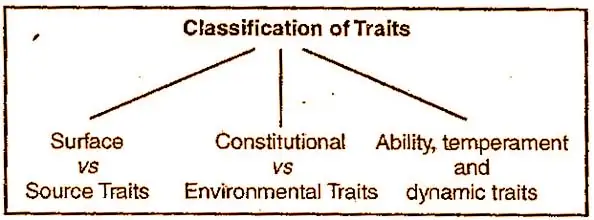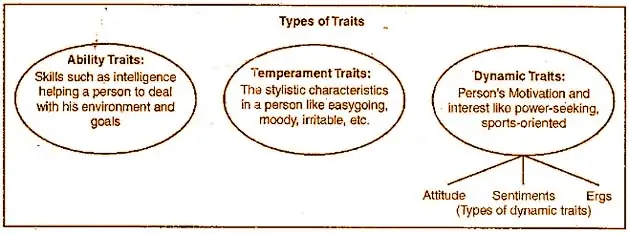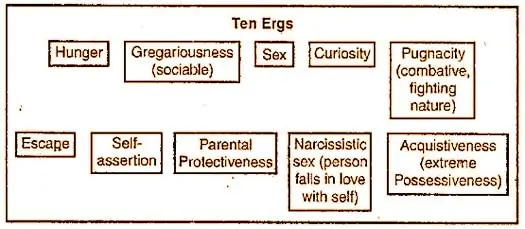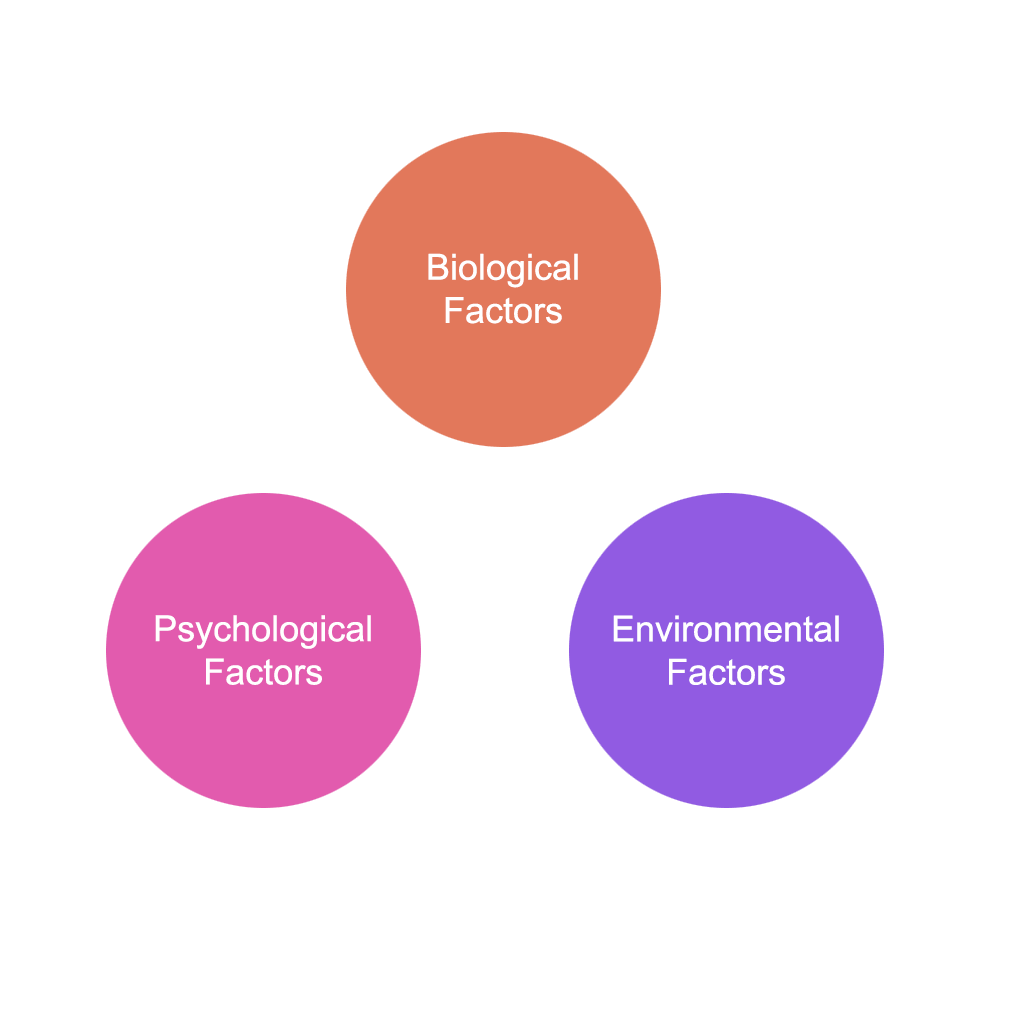What is Cattell’s Trait Theory of Personality?
Cattel’s Trait Theory (Approach):
According to Raymond Cattell, personality is a pattern of traits and that helps to understand his personality and predict his behaviour. Traits are permanent and build the personality of an individual.

Surface Traits and Source Traits:
Surface Traits or Central Traits are the visible qualities of personality like kindness, honesty, helpfulness, generosity, etc. On further study, he found certain traits that appeared from time to time which indicated some deeper, more general underlying factors of personality, called as source traits.
Also Read | How To Develop World Class Behaviors Skills?
The basic structure of the personality of a person is made up of the source traits. They are the unifying factors of a person’s personality that inter-correlate the surface traits.
They are a few only but they predict the behavior of the person. All of us have the source traits in us, for example, intelligence, but not to the same extent, some have more of it, some have less of it. According to Cattell, there are 23 source traits in normal people, of which 16 were studied in detail, He developed a 16 Personality Questionnaire known as 16 PF Test.
The following are the sixteen factors identified by Cattell in normal personalities:
- Reserved vs Outgoing,
- Less intelligent vs more intelligent,
- Emotional vs stable,
- Humble vs assertive,
- Sober vs happy-go-lucky,
- Expedient vs conscientious,
- Shy vs venturesome,
- Tough-minded vs tender-minded,
- Trusting vs suspicious,
- Practical vs imaginative,
- Forthright vs shrewd,
- Placid vs apprehensive,
- Conservative vs experimenting,
- Group-tied vs self-sufficiency,
- Casual vs controlled, and
- Relaxed vs tense.
Also Read | The Ways to Show Intelligence of Intelligent People Without Saying Anything.
Along with these, Cattell proposed seven new factors: excitability, Zeppia vs Coasthenia, boorishness vs mature socialization, sanguine casualness, group dedication with sensed inadequacy and social panache vs explicit expression.
By using the 16 traits we can distinguish between normal and mad people (neurotics), but all behavior away from normal and the characteristics of psychotic people cannot be studied. Out of the surface traits of normal and abnormal personalities, Cattell found 12 new factors to measure psycho pathological (that require medical attention) traits:
- Hypocondriasis (excessive concern about one’s health),
- Zestfulness (spirited and joyful),
- Brooding Discontent (thoughtful and dissatisfied),
- Anxious depression (due to worry),
- Energy euphoria (state of happiness),
- Guilt and resentment,
- Bored depression (due to a general feeling of boredom),
- Paranoia (a state of delusion),
- Psychopathic deviation,
- Schizophrenia (a mental disorder),
- Psychesthenia (psychological disorder)
- General Psychosis.
Also Read | 6 Top Habits of Super Learners
These characteristics are in bipolar format. Combining these 12 factors with the 16 PF, he developed a new test called Cinical Analysis Questionnaire (CAQ) On developing this, Cattel felt that he had found important source traits of both normal and abnormal personalities.
Constitutional and environmental traits:
Cattell differentiates between constitutional traits and environmental traits. The characteristics in a person that are inborn or biological are constitutional and those that a person forms as a result of his experiences and environmental factors are the environmental mold traits.
According to Cattel surface traits are caused both by heredity (nature) and environment (nurture), some of them only as a result of heredity and some of them may be as a result of environment only. With the help of a statistical technique called MAVA (Multiple Abstract Variation Analysis) he would measure how much a characteristic was determined by heredity and how much by environment.
Also Read | 5 Things Emotionally Intelligent People Do & Don’t Do
To do the same, he made comparisons between members of the same family brought up either together or separately or between members of different families either brought up together or separately.
Ability, Temperament and Dynamic Traits:
The ability traits refer to a person’s capacity, the temperament traits show how a person behaves while he is doing his various tasks while working to achieve his goals, whereas the dynamic traits are those qualities that are first and foremost present for the person to set his goals.

Attitudes are the dynamic surface traits which display specific manifestations of underlying motives. They are the visible qualities that motivate an individual to work towards his goals.
Also Read | Common Habits of Deeply Angry People
Ergs are constitutional dynamic source trait, therefore determined by heredity. Through ergs Cattell recognizes the behaviour traits that are inborn in people but can be modified. He recognizes ten ergs given below in the image with their meaning:

Sentiment is an example of environmental mold dynamic source trait which focuses on social object. It is similar to ergs with the difference that ergs are environmental traits while sentiment arises from socio-cultural factors.



